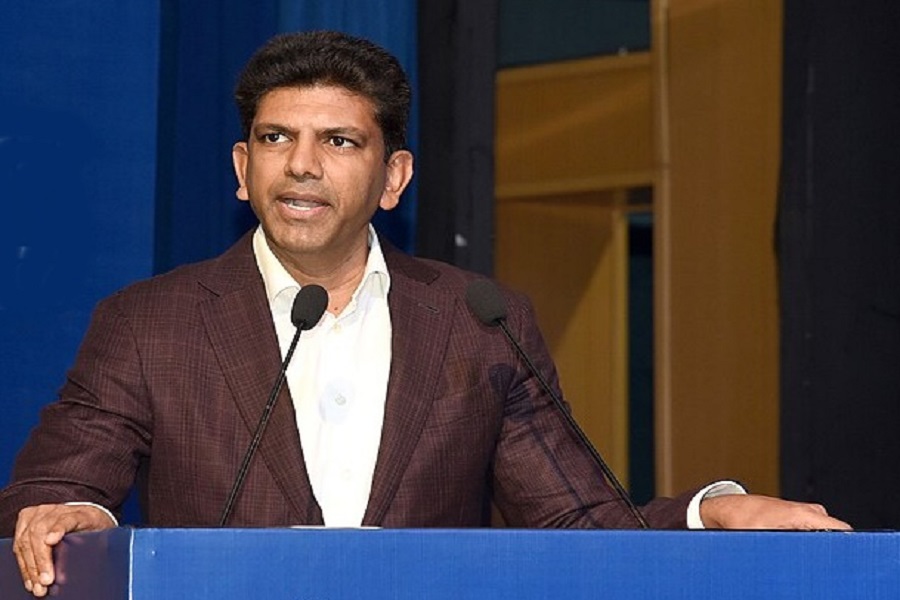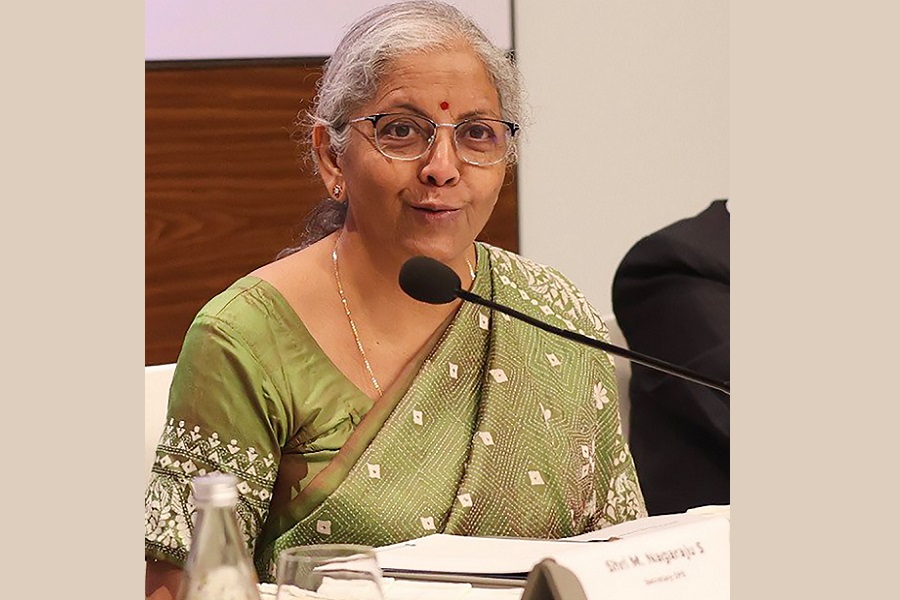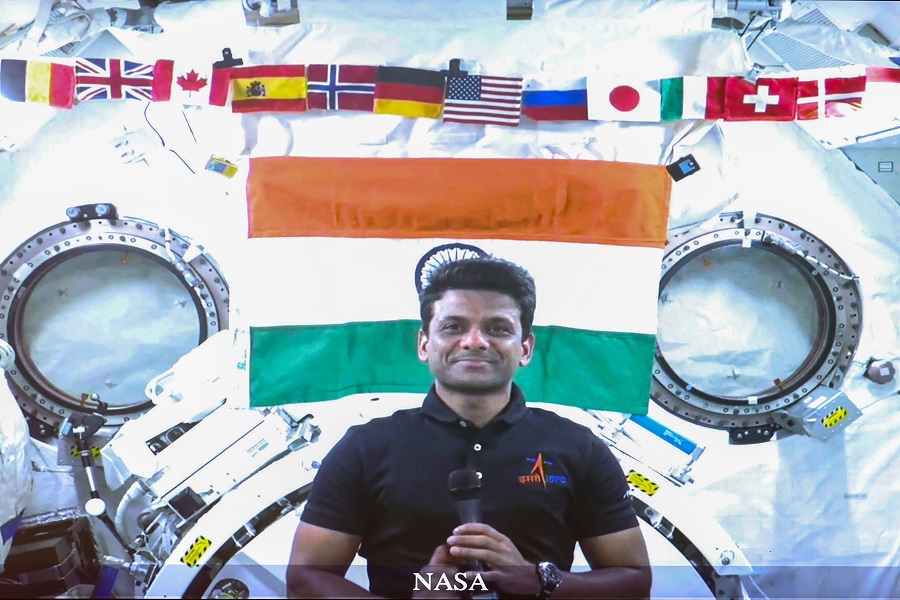Hanle in Ladakh prime candidate for quantum communications tech: Indian researchers

India's remarkable geographical diversity can help transmit quantum signals into space for much efficient satellite-based quantum communications, researchers from Bengaluru-based Raman Research Institute (RRI) said on Friday.
In meticulous research, RRI scientists analysed existing open-source data available on three of India's most sophisticated observatory sites, and found that the Indian Astronomical Observatory (IAO) in Hanle, nestled in the pristine heights of Ladakh, as the prime candidate for this revolutionary technology.
This site in Hanle is a dry and a cold desert, with temperatures in winter plummeting to minus 25 to 30 degrees Celsius. It suffers from low atmospheric water vapour levels and oxygen concentrations.
“Hanle offers all required natural settings suitable for setting up a ground-station and undertaking quantum communication over long distances,” said Professor Urbasi Sinha, head, Quantum Information and Computing (QuIC) lab at the RRI, an autonomous institute funded by the Department of Science and Technology, Government of India.
Satellite-based quantum communications including quantum key distribution (QKD) represent one of the most promising approaches toward global-scale quantum communications. It is essential to conduct atmospheric simulations for both uplink and downlink quantum communications and practicality of potential locations for the same need to be determined.
While similar studies have been conducted in regions like Canada, Europe, and China, India's remarkable geographical diversity – from the Himalayas to coastal plains, from deserts to tropical regions – could make this analysis particularly valuable.
While satellite-communication works in frequencies ranging in Mega Hertz (MHz) or Giga Hertz (GHz), quantum communication operates in Tera Hertz (THz), with 100 THz being the most commonly represented in wavelength, often represented in nanometre.
In the paper published in EPJ Quantum Technology, Springer Nature, the researchers have mentioned working in the signal band of 370 THz (810 nm).
Authors Sinha and Satya Ranjan Behera at QuIC lab used existing open-source data on temperature, humidity, atmospheric pressure and other vital meteorological parameters from three sites namely -- IAO Hanle, Mt Abu in Rajasthan and Aryabhatta Institute of Observational Sciences (ARIES), Nainital in Uttarakhand.
“India offers such vast and a variety of geographical terrains and this diversity could potentially make this work as a universal template that could be applied anywhere in India or across the globe. This versatility could make the research invaluable for future quantum satellite projects worldwide,” said Sinha.
Proposed satellites for establishing secure satellite-based quantum communications orbiting in the Low Earth Orbit (LEO), where the maximum altitude from earth is 500 kms, are considered in this work.
“Beacon signals are used to track the moving satellite and point it towards the corresponding telescope. Our main signal would be at 810 nm while the uplink and downlink would use 532 nm and 1550 nm of wavelength, respectively,” said Behera.





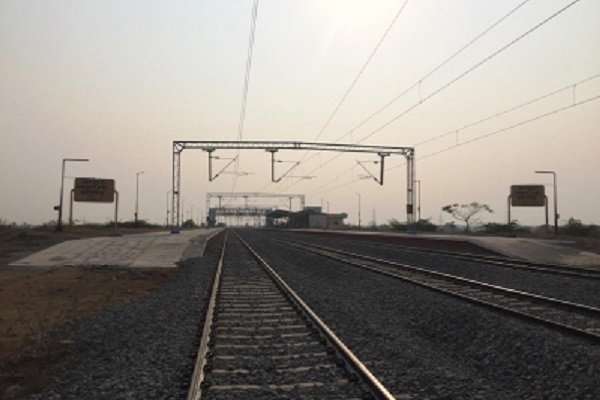


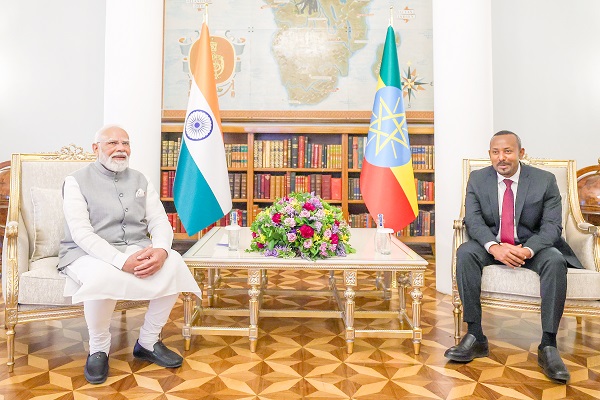
_Securities_(600x400).jpg)




